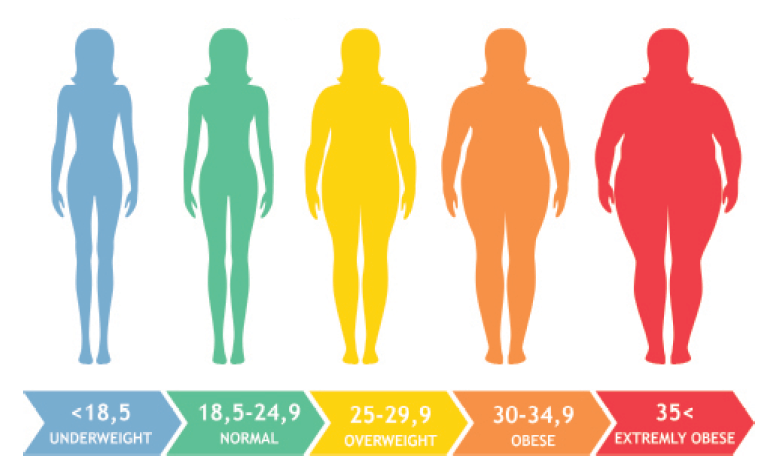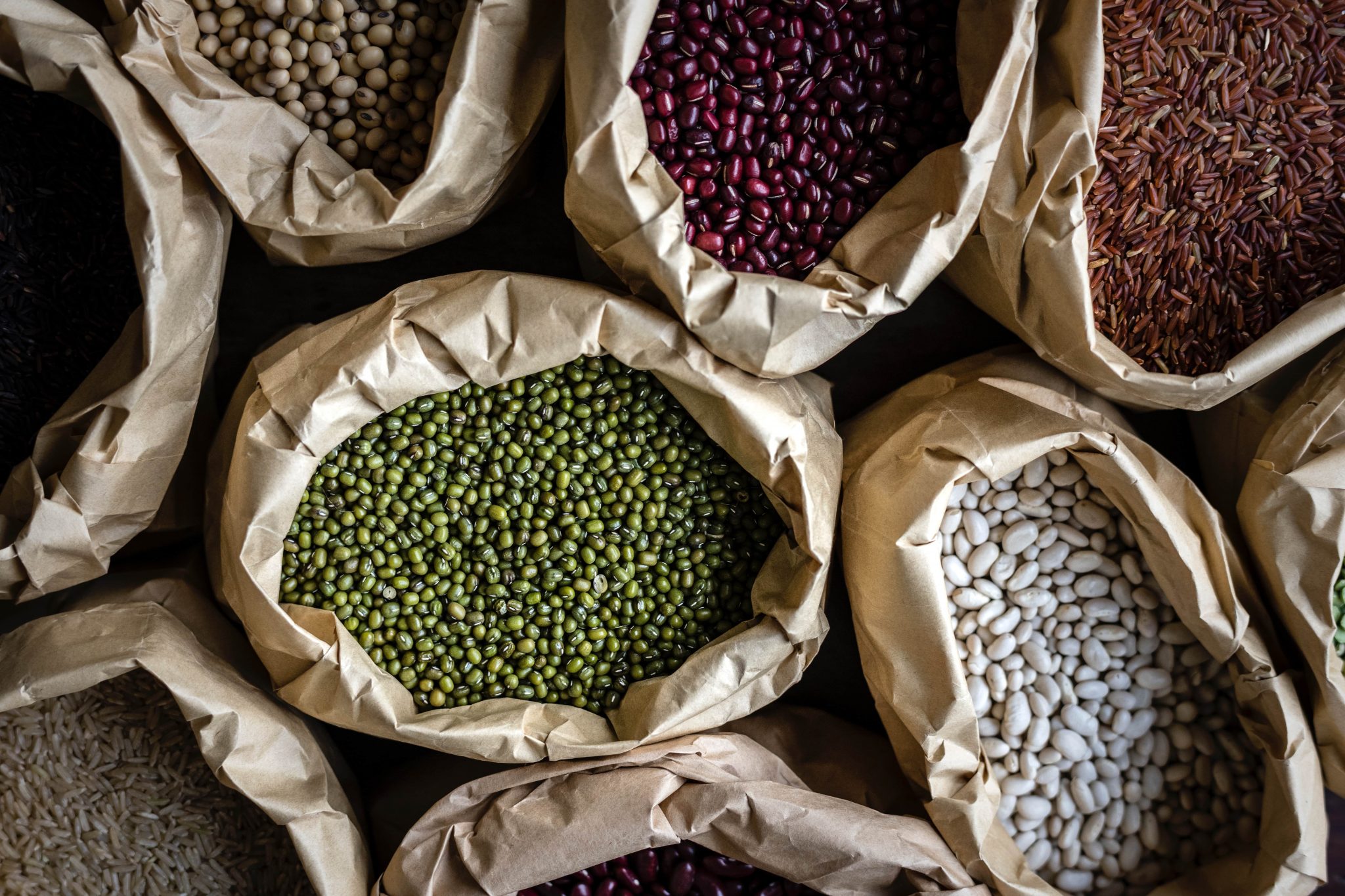Modern India, in spite of technological and industrial progress, is still fighting its battle against “food”, both quantitatively and qualitatively. India is one of the top five countries with respect to adult obesity, childhood obesity,and type-2 diabetes. It is predicted that by 2025, India will rank second in obesity, with the count of obese children over17 million. The irony of the situation is that India ranks first in under nourishment, constituting 40% of the world’s underweight population. Such extremes of poor health conditions are prevalent because of unhealthy food options in one stratum of society, and scarcity of food in another.
Currently wheat and rice constitute the most consumed cereals in India. Wheat cultivation dates back to Indus valley civilization, approximately 5000 years ago. In habitants of the Mohenjo-Daro period used wheat to make bread and porridge.The obsession with wheat was further instigated by the Green Revolution in the 1960s when new higher yielding varieties were introduced to cater to a rapidly growing population.
Further more,there have been reports about the origin of rice in India about 35 million years back. In India, rice is mostly consumed in the Southern region and the Northeast,where as Northern-central part is the bread basket of the country. Both these staple cereals are consumed as refined flour and polished rice;and because of their smooth appearance and taste fullness, our traditional grains like Bajra (pearl millet), Jowar(sorghum), Ragi (fingermillet) and Rajgira (amaranth)have taken a back seat. In fact, Dr.M. S. Swaminathan, Father of Green Revolution, himself called millets “orphan crops” as they used to constitute 40% of all the cultivated grains before the Green Revolution, which dropped to about half immediately after 1965.

Although all grains, cereals as well as millets, mostly comprise of starch (~60-65%), however the concentrations of protein,dietary fiber and minerals greatly vary among them. Wheat grains are composed of 70% starch, while rice is 90%. Protein ranges from 13—15% in wheat but is essentially lowest in rice among all available cereals. The fiber content, as well as the minerals composition of both the privileged grains, is also poor. Considering the modern-days edentary lifestyle, the amount of refined carbohydrates we consume without much physical activity is taking a toll on our health, as is evident by rising malnutrition numbers.
Moreover, the sudden release of glucose into the blood stream causes“energy crash” soon after a starchy meal. Thus, we need grains with higher dietary fiber and resistant starch. These slowly digestible nutritional elements provide satiety feeling for a longer period of time,and help prevent constipation by accelerating food movement through the gastrointestinal tract.They also bind to toxins and remove them from the gut, thereby protecting the colon mucosa from cancers. Dietary fibers also reduce serum LDL-cholesterol levels, by binding to cholesterol generated bile salts thereby hindering their re-absorption in the colon.
Based on all nutritional parameters, millets are far ahead of rice and wheat. Not only are they more resistant to digestion, but also the antioxidants abundantly present in millets scavenge free radicals that cause inflammation in the body. Bajra/Pearl millet is the oldest millet used by our ancestors. It is still a part of regular meals in desert belt of the country like Rajasthan and Gujarat. It is extremely rich in iron (0.8%), zinc (0.3%),calcium (0.4%), phosphorus (0.4%), and most importantly dietary fibers. Jowar/Sorghum is rich in antioxidants, abundant in phyto chemicals such as tannins, phenolic acids, anthocyanins, polysterols, and polic osanols. They are also a good source of vitamin B complex and folate. Ragi/ Fingermillet is mostly consumed in Karnataka, followed by Andhra Pradesh, Tamil Nadu, Odisha, Maharashtra, Uttarakhand, and Goa. Ragihas the highest amount of calcium (344mg/100g)and potassium (408mg/100g), and fairly low content of fat(1.3%).
Moreover, it contains antioxidants such as phytates (0.48%), polyphenols, tannins (0.61%), trypsin inhibitory factors; and are a substantial source of dietary fibers (15—20%). They are also rich in amino acids like tryptophan, threonine, valine, isoleucine and methionine. Rajgira/Amaranth is considered a pseudo-cereal because of its starchy seeds. Its 13—15% protein aceous grain comprises of almost all the essential amino acids required by the human body,especially high content of lysine, which is basically absent in wheat and rice. It is an excellent source offolates, niacin, thiamin, pantothenic acid, vitamin B-complex, vitamin E as well as essential fatty acids. All of these alternate grains are arich source of soluble and insoluble dietary fibers, providing7—17% of daily requirement of fibers. Moreover, these grains are gluten-free, which are a great food substitute for people with celiac disease.
Consumption of millets lowers the Glycemic Index*, thus combating type-2 diabetes and obesity. Glycemic indices of wheat and rice are 65 and 70, respectively; whereas it is 54for bajra and 62 for jowar. Although these values are higher for ragi (84) and rajgira (107); but the great amounts of micro nutrients present in them compensate for their health implications. High iron content in these alternate grains may help increase hemoglobin; considerable phosphorus concentration is good for bone growth and development;magnesium controls blood pressure as well as helps reduce respiratory problems; also strong antioxidants present improve heart health. Millets possess hypo allergic properties as well; they are alkaline in nature, thus preventing the formation of acidity and ulcers in the stomach.
India is believed to be the world’s capital of diabetes. It is estimated that the diabetic population in the country will increase with an alarming rate of 26.6%, which will account for 69.9 million affected individuals by 2025 and 80 million by 2030! In fact, the prevalence of diabetes mellitus in the urban areas is 28%, whereas in the rural population it is 5%. New scientific approaches of developing genetic markers for estimation of the incidence of obesity and diabetes are being developed worldwide, with ironically a simple solution residing in our backyards, Millets! India has 5,97,464 villages and 2,50,000 Gram Panchayats.
We need to take initiatives to promote millet farming and consumption starting at the very basic level of villages. Since millets have evolved surviving drought, floods, harsh hot and cold climates, they have adapted with time and are easy to grow under varying environmental conditions. Because of such varied exposures, millets have become resistant to pests and diseases. For this reason, they are easy to grow, without pesticides and insecticides and with little caution; making the end-product“organic”. More so, adding to the food problem is another crisis, “global climate change”, which will cause severe water scarcity in our near future. The additional advantage of millets is their less irrigation demand in agriculture. To sum up,more production of these grains would mean limited water requirement; more consumption would mean decrease in health issues thus resulting in lower expense on medical bills and more availability of funds for other purposes, and extensive availability of the alternate grains for end-use would mean cost-effectiveness.
The reasons why these grains are not market-ready are very evident. Most important being the color and tastefulness. Millets contain polyphenols which cause the grains to become rancid faster than wheat and rice. Also, their nutritional utilization demands more effort in terms of processing/cooking times. Further, to increase the rate of iron absorption in the body as influenced by phytates present in these grains, processes like roasting or other alternate methods are required. In a quick-fix world of people with changed mindsets seeking instant gratification, it becomes challenging for people at large to take out time and make efforts towards their better health.
The age-old adage, prevention is better than cure, holds true here when we consider the consumption of millets. Considering the overall nutritional status of our country and the environmental issues globally, it is time we approach these matters comprehensively, and expand our food baskets and minds to include more nature-friendly elements.
*Glycemic Index (GI) – It is a figure representing the relative ability of a carbohydrate to get hydrolyzed in the body, causing an increase in the level of blood glucose.
About the author
Dr. Geetika A. Batra is a cereal carbohydrate specialist with R&D experience in genetic and biochemical alterations in cereal grain digestibility and its nutritional implications. She is an active member of scientific societies,American Association of Cereal Chemistry and K. K. Nanda Foundation for the advancement of Plant Sciences. She has been awarded several prestigious international awards and scholarships (Herb R. & Marian H. Cark Scholarship, Paulden & Dorathea I. Knowles Postgraduate Scholarship, two times winner of Life & Health Sciences Conference at University of Saskatchewan, Canada); and has various international publications to her credit. She is currently working as Research Associate in Bio threat Mitigation project at CBRN Defense, DRDO.


Polyphenols cause rapid rancidity in millets as compared to wheat/rice, please justify? I have stored millets for more than 20 months it hasn’t shown rancid characteristics of even insect infestation.